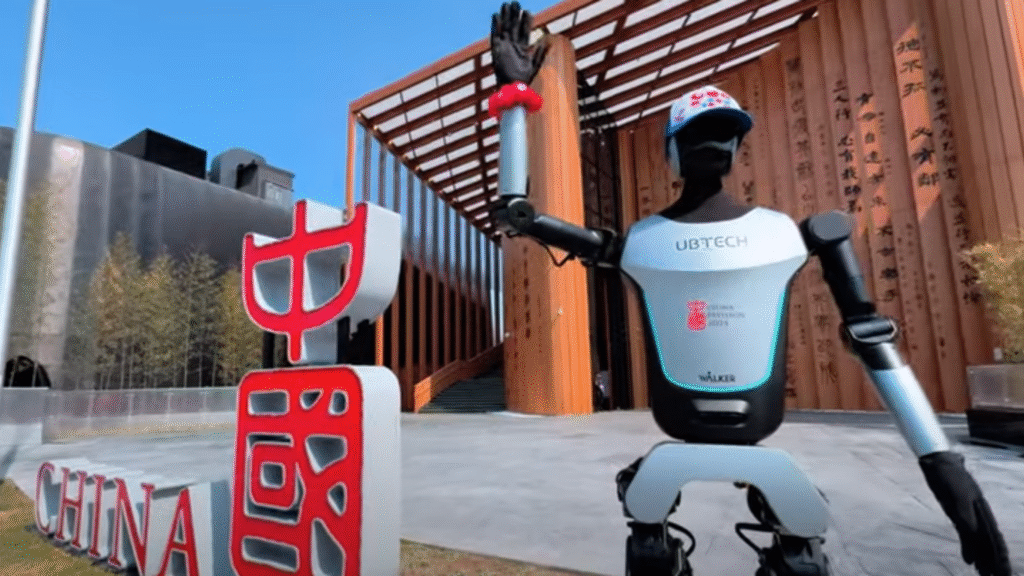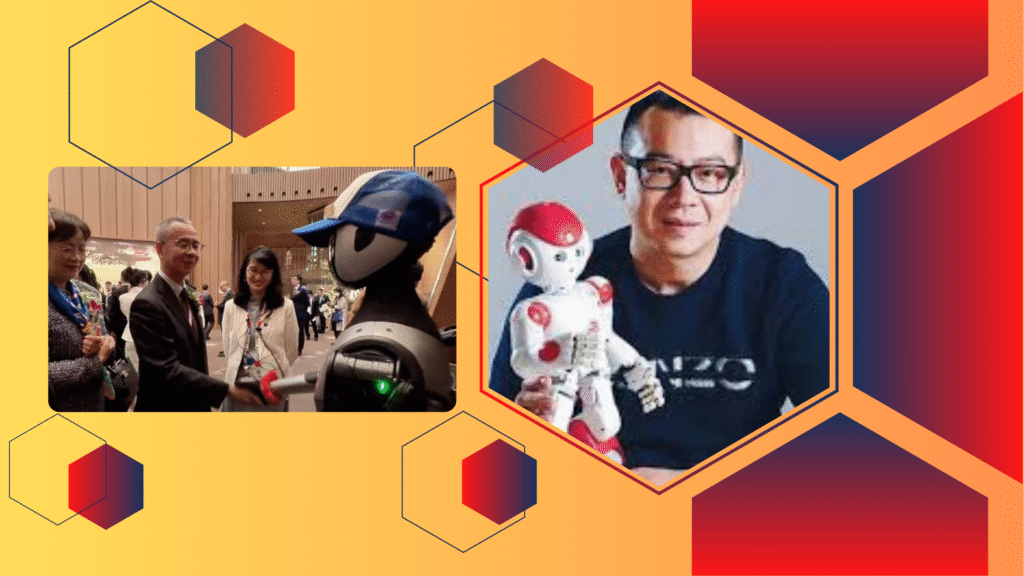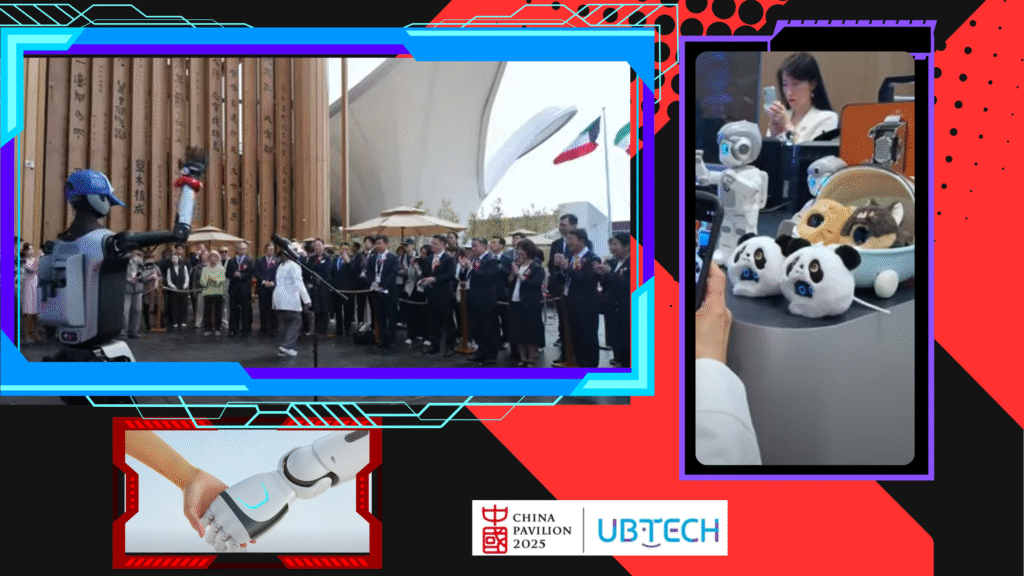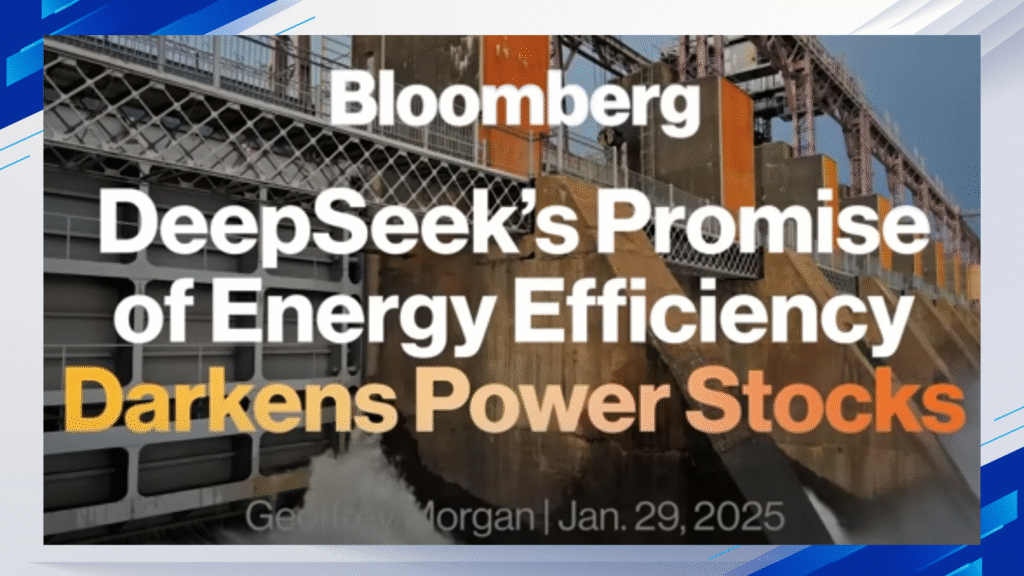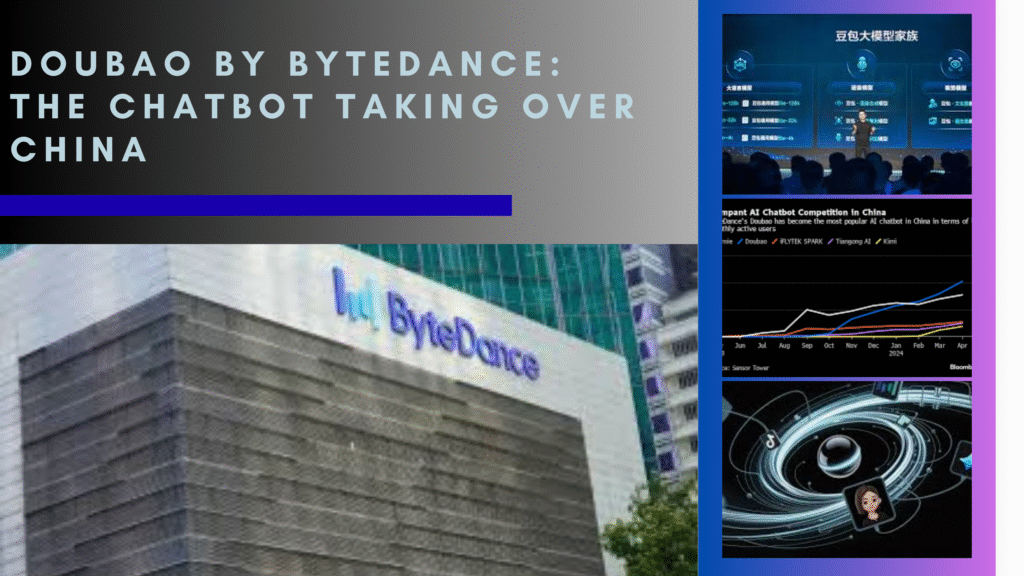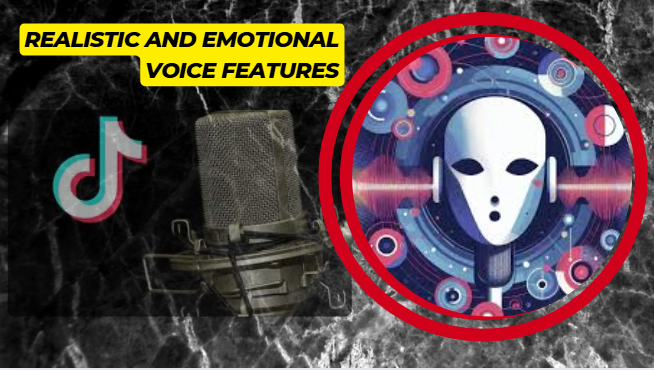
What areas of technology is SenseTime best known for?
Where did SenseTime originally begin its development?
How did SenseTime first make a name for itself globally?
Which industries commonly use SenseTime’s AI solutions?
In what way is SenseTime involved in nationwide surveillance efforts?
Does SenseTime collaborate with major telecommunications companies?
What factors have fueled SenseTime’s rapid rise in the AI market?
What new technologies is SenseTime currently targeting?
How does SenseTime stand out from other artificial intelligence companies?
Why is SenseTime considered vital to China’s national AI progress?

Introduction: A Rising Power in AI Vision Technology
SenseTime has emerged as one of the most influential players in artificial intelligence, particularly in the field of computer vision. Known for its breakthroughs in facial recognition and deep learning, the company has quickly become a cornerstone of China’s rapidly evolving AI landscape. Its technologies are now integral to both public infrastructure and private enterprise, spanning surveillance, security, and beyond.
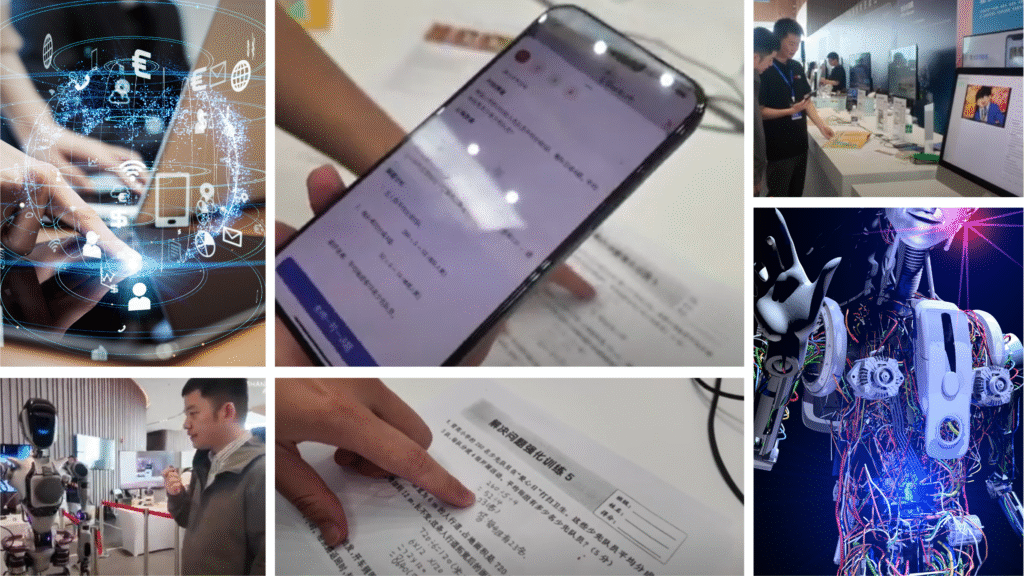
Academic Origins and Founding Vision
SenseTime was born out of an elite research group at the Chinese University of Hong Kong, where a team of academics delved into the possibilities of deep learning and image recognition. Their research began gaining international attention when their models occasionally outperformed those from global tech giants like Google and Facebook in competitive benchmarks. That success laid the groundwork for the founding of SenseTime, turning a research initiative into a commercially powerful enterprise.
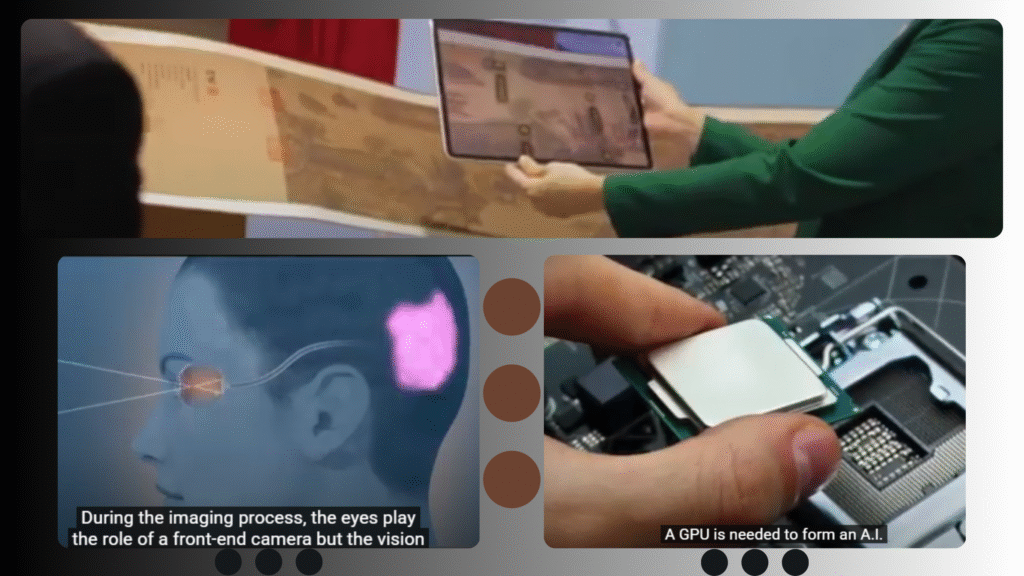
Expanding Reach: From Surveillance to Telecom
Fueled by significant venture capital investment, SenseTime quickly scaled its operations and client base. One of its core products—advanced facial recognition software—is being adopted at a national scale. Chinese authorities are integrating this technology into an extensive surveillance network of over 170 million cameras. Additionally, telecom giant China Mobile is working with SenseTime to monitor activity across its 300 million users. The company’s influence already stretches across sectors, serving banks, correctional facilities, police forces, airports, and major retailers.
Future Ambitions: Driving Into New Domains
SenseTime is not resting on its laurels. With a solid foundation in image analysis and machine learning, the company is eyeing new opportunities in autonomous vehicles and augmented reality. These emerging fields promise to further expand its impact and cement its status as a global leader in applied artificial intelligence. As it continues to evolve, SenseTime is poised to shape not just how machines see the world—but how we interact with them.
Conclusion: Pioneering the Future of Intelligent Vision
SenseTime stands at the forefront of the global AI revolution, driven by a clear vision and rooted in academic excellence. From its early days as a university research initiative to becoming a powerhouse in computer vision, the company exemplifies how scientific breakthroughs can evolve into transformative commercial solutions. Its facial recognition and deep learning technologies are no longer confined to research labs—they are actively shaping the infrastructure of modern cities, optimizing business operations, and redefining public security systems.
What sets SenseTime apart is its unwavering commitment to innovation across multiple industries. Whether powering nationwide surveillance networks or collaborating with telecom giants, the company consistently pushes the boundaries of what AI can achieve. And now, with its strategic expansion into autonomous driving and augmented reality, SenseTime is preparing for a future where intelligent vision will be central to daily life.
In a world increasingly reliant on machine perception and smart systems, SenseTime isn’t just adapting to change—it is creating it. By continuing to blend cutting-edge research with real-world application, the company is not only advancing AI but also reshaping the way humanity connects with technology.
FAQ's:
1. What is SenseTime known for?
SenseTime is known for its cutting-edge work in computer vision, especially in facial recognition and deep learning technologies.
2. Where did SenseTime originate?
SenseTime began as a research project at the Chinese University of Hong Kong led by academic experts in AI and image recognition.
3. How did SenseTime gain early recognition?
The company’s AI models outperformed those from global tech leaders in international benchmarks, attracting significant attention.
4. What industries use SenseTime’s technology?
SenseTime’s solutions are used in security, telecommunications, retail, banking, transportation, and law enforcement.
5. How is SenseTime involved in public surveillance?
Its facial recognition software is integrated into a vast network of over 170 million surveillance cameras across China.
6. Is SenseTime working with any major telecom companies?
Yes, China Mobile collaborates with SenseTime to monitor user activity across its 300 million+ customer base.
7. What drives SenseTime’s rapid growth?
Substantial venture capital funding and strong demand for AI-driven solutions have accelerated its expansion.
8. What are SenseTime’s future focus areas?
The company is exploring autonomous vehicles and augmented reality as part of its next phase of innovation.
9. How is SenseTime different from other AI companies?
Its foundation in academic research and dominance in applied computer vision set it apart from many commercial AI firms.
10. Why is SenseTime important to China’s AI strategy?
SenseTime plays a key role in advancing China’s AI infrastructure, contributing to both public and private sector advancements.

Prof. Mian Waqar Ahmad
Prof. Mian Waqar Ahmad, a dynamic force straddling the realms of academia and digital media. As a distinguished Lecturer in Information Sciences, he imparts knowledge within the academic sphere, igniting the minds of his students. Beyond the classroom, Prof. Mian Waqar Ahmad dons the hat of a seasoned blogger on Worldstan.com, where his insightful posts delve into the intricacies of information sciences. His digital footprint extends even further as a YouTuber, leveraging the platform to share his expertise and make complex concepts accessible to a global audience. Prof. Mian Waqar Ahmad’s journey embodies the fusion of traditional education and contemporary digital outreach, leaving an indelible mark on the evolving landscape of information sciences. Explore his world at Worldstan.com and witness the convergence of academia and the digital frontier.

